Interview: Alex Ostroy of Ostroy
Alex Ostroy is best known for his eponymous sportswear brand Ostroy (formerly Poseur Sport), but the success of his company has been anything but overnight. Ostroy’s involvement in cycling goes back many years. He pioneered the idea of a coached-development team for beginner bike racers. He was instrumental in turning the fledgling “GFNY” Fondo into an internationally known brand. NYVelocity, the website he founded with Andy Shen and Dan Schmalz, was hugely influential in NYC — and in a strange twist, helped take down Lance Armstrong. He was awarded the first ICM Spirit Award for his work to help under-served kids in NYC get on bikes. Most remarkably, he was able to accomplish these things despite being an extremely mediocre cyclist (it’s okay, he willingly admits it). TBD sat down with him recently to talk about his work and his story.
Photo by Harry Zernike
The Brand
Ostroy seemed to come out of nowhere and made an impression on the cycling community — how did the brand get started?
The Ostroy brand name is a bit misleading as a name because it was really Aaron Vecchio who came to me with the vision to make my designs into a real company, and he has worked tirelessly to facilitate the growth on the operations side, allowing me the luxury of sitting around drawing all day long.
As a kid, my two defining traits were: I rode bikes and made pictures. But from an early age, it was pretty clear which one of my passions would ever be rewarded with a paycheck.
As an artist and designer, it just kind of naturally became my responsibility to design kits for the teams I was on. My first efforts were pretty terrible, but I always felt that there was a lot of potential for creative expression or just good design that wasn't being taken advantage of.
How is the Ostroy brand different from other cycling companies?
Unlike in the fashion world, most cycling sportswear companies are not owned by designers, so design is often an afterthought. It's just not integral to the process, and consequently, it’s often hard to tell one company from the other. The norm in cycling is to talk about what factory made a kit. We are trying to change that and lead with design. Paul Smith and Ralph Lauren contract factories to make their designs, but nobody confuses the designers with the manufacturers.
I’d say Rapha is the big exception to this in cycling. Nobody walks into Rapha and asks which of their manufacturers made a piece of clothing. They have created a real brand, a rarity in cycling.
You seem to have a strong aesthetic. Where do you get inspiration?
I grew up with comic books, punk and rap music, neo-expressionism and the East Village art scene. These are all uniquely American art forms with a proud DIY aesthetic that draw from an eclectic mix of influences. European cycling design has a beautiful tradition to draw on too, but I always thought it lacked the wit, creativity and subversive visual power of those American art forms, and I think that's what the people who respond to our brand like as well.
For us, design includes not only the visual design but the cut and sew pattern, which we pride ourselves on spending a lot of time trying to get right with the factories we work with. None of our jersey are standard or “open mold”, but took a lot of experimenting to get them to where we like them, and we continue to push and experiment there too.
Background
How did you first get involved in cycling and what individuals helped guide you when you started the sport?
I grew up about a mile away from a french restaurant called La Grange that was started by a french expat named Raymond Fouquet who fled the Nazis during the occupation and settled in West Los Angeles. WWII disrupted his dream of becoming a pro cyclist so naturally he started a french restaurant and a cycling club instead. The club was very old-school and French, meaning they took etiquette very seriously. Pulling off to the wrong side of the paceline or attacking a group ride at an inappropriate point were almost grounds for having your bike taken away. I started racing at 13. It was the only community I was a part of where I was treated the same as the adults. That meant I was getting dropped mercilessly and served sangria and beer at club events well before I got my learners permit.
The Team
Patch, your development team, has been through a variety of identities, but has been a force within the local scene for far longer than most teams make it. How did the team first come to be?
The team started as an offshoot of the NYVelocity site, to help promote and grow the site. It was really a fluke that just tapped into a need that the scene apparently had. We had over 100 people apply for the team within weeks after we announced it.
Craig Upton was a World Tour pro who lived in NYC and raced in the CRCA — he still owns the Central Park TT record. In the early 2000s he started coaching local racers using techniques adapted from the pro peloton, especially lactate threshold training and testing with a heavy emphasis on endurance training. I helped him build an online platform for his growing coaching business and recruited interested racers. I encouraged him to start a team because all his clients were not able to ride with their teammates once they got their workouts, but he was too smart to do it … so with his encouragement I did, along with Francisco Liuzzi.
At the time there weren't a lot of teams interested in taking on new riders. We found that training and riding together was not only super helpful but each part made the other better. Cycling is an intimidating sport to enter, there are a lot of unwritten rules. We had the counter-intuitive idea of “graduating” racers after two years or an upgrade to cat 3, which is the opposite of how most teams will try to hold onto their best riders. Our graduates created many local teams - all of which are still together today.
Over the years, knowing the community that has been built around the team is my favorite part.
“Over the years, knowing the community that has been built around the team is my favorite part.”
Training
How have you seen training techniques evolve during your time in the sport?
Reflecting the rest of sports and culture at large, scientific-based testing and verification has become the norm for endurance training. I’m sure plenty of training ideas today will also seem ridiculous in twenty years, but the use of verifiable and repeatable data is a good start. The two biggest changes I’ve seen were propelled by the adaption of the HR monitor first and then the power meter. Both led to athletes training in more specific zones, rather than just “hard” or “easy”. But after the zones were adopted, how much LSD or endurance training versus how much intense interval training an athlete should do has become a never ending debate.
What tips still hold true today?
Unlike the constantly evolving science of endurance, the tips for new cyclists remain the same. Those traditions help give cycling its unique character. Learning to ride in a straight line, to draft and then do it properly in a paceline, when to attack, how to pace yourself; these things have not changed much in 100 years.
You have developed many successful racers in NYC. What would you say is the common factor in the riders that make it?
NYC attracts a lot of very ambitious people. To be a successful category racer you don’t need too much raw talent, cycling is a sport that really rewards hard work and people here know how to do that. I would say the single most important common denominator is just being assiduous about doing your workouts day in and day out.
If you could give someone new to cycling one piece of advice what would it be?
Find a good group of people to ride with.
“If you could give someone new to cycling one piece of advice what would it be?”
“Find a good group of people to ride with.”
NYVelocity.com
For a period of time you were truly on the forefront of online cycling culture with NYVelocity - leading the charge on topics like Lance. How was NYVelocity born?
NYVelocity started when I noticed Andy Shen’s team site was getting a lot of traffic after he took pics of races; this was in 2004. It got us thinking, why not expand his team site to a site that would cover the local race scene including giving results right away (at the time it could take a week for the CRCA to post them on their site), listing races in a calendar, interviewing local luminaries, training tips, kit reviews, classifieds ads, etc.
Nowhere in my original outline did I have a note about taking down Lance Armstrong. We did eventually find a following in the bigger world, and a lot of that was the reporting Andy Shen did on Lance. It's a long story but if you are really interested check out the article the NYT did on us and Lance:
“The beauty of NYVelocity is that they knew the sport, knew the reality, and they were not beholden to any advertisers and the powers in the sport. They weren’t afraid to print the truth.”’
https://www.nytimes.com/2012/10/29/business/media/chasing-lance-armstrongs-misdeeds-from-the-sidelines.html
Andy deserves the credit for that development but I got to ride his coattails and that’s how I got the job with Greg LeMond to help redesign and relaunch his brand.
Were you surprised by what NYVelocity grew to become? Both in the broader online community as well as locally where there comments section was famous (perhaps more infamous?)
Yes nationally I was surprised but locally there was a need going unfulfilled and a real need to have a central site to find out about local racing. We served it up with a lot of NYC attitude, especially when Dan Schmalz joined us, and did not take ourselves too seriously, so kind of like GCN, but funny.
This was before Twitter, and we had no idea what the online community would say when given an anonymous forum. At the time it seemed snarky and acrimonious, but in retrospect that’s pretty much what all online discourse becomes.
The State of the Sport
We spend a lot of time at TBD thinking about the future of the sport. You have a unique perspective being focused on the development end of the sport for so long. How healthy do you think bike racing is today?
In the industry right now you hear a lot of doom and gloom. To me the bike industry has always had more extreme boom and bust cycles than other sports or recreation. You know the saying in cycling, “You either have a head wind or you are having a good day”? That’s also true in the bike industry. I never heard anyone say their business was good because of the recent boom in cycling, but when its not going well it’s always because of broader trends.
Lance Armstrong made road racing popular for a while, but I think it was unsustainable - even as a cat 4 or 5 it takes so much work, heartache and pain to do a road race, it's hard to imagine road racing gaining the popularity of running 10ks, tris or fondos. So the rise of the fondo and gravel makes sense to me; cycling is a huge participation sport and racing is not a realistic way to participate for most recreational cyclists.
Still, I think road cycling will come back, perhaps when we get another American star who can lift its profile like Greg or Lance did. That said the bike shop as we know it is probably going to have to change dramatically to survive, along with many other retail businesses.
What do you think are the strengths and weaknesses of the NYC cycling scene?
Just like the city itself, the diversity of cyclists is pretty amazing and that’s my favorite part of riding in NYC.
What is missing to get the sport back to growth in the area?
I’ve heard many theories about why the sport hasn't grown or more to the point why we can't attract more kids. “It's too expensive” and “it's too dangerous” are the ones I hear most. I don't think either is true; technology has increased and bikes have continued to get better. Inflation-adjusted, the bike you can buy today for under 1k is much better than the bike you would have bought for more than twice as much 25 years ago. Accidents are going down too. I think for a sport or trend to take hold, something has to just capture the public's imagination. It's hard to do it with marketing alone. Madison Ave didn't come up with Michael Jordan or Lance Armstrong. They may have capitalized on them but they can't conjure these trends from whole cloth.
How did you get involved with iChallengeMyself?
After years of getting high-achieving New Yorkers into a cycling training program and seeing their confidence grow, I seriously considered trying to start an organization getting kids on bikes. Then a mutual friend introduced me to Ana Reyes, who already had a grassroots organization getting under-served kids on bikes in New York City. In some cases, these kids have never really ridden a bicycle. The program gets them experience and training and builds up to a 100-mile ride. Many of the kids have gone on to be the first in their family to go to college, and they credit the program as helping them see that they can do things they might have thought were impossible at first. Check out IChallengeMyself at https://www.ichallengemyself.org.


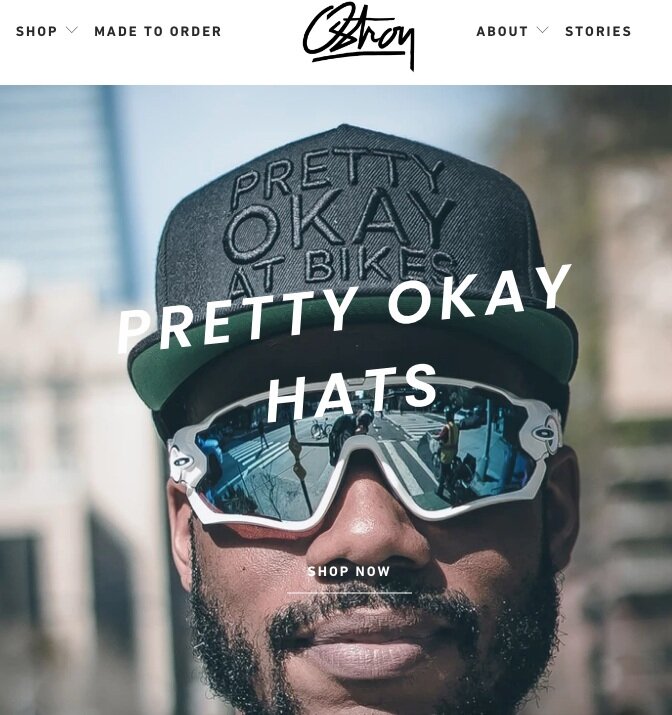
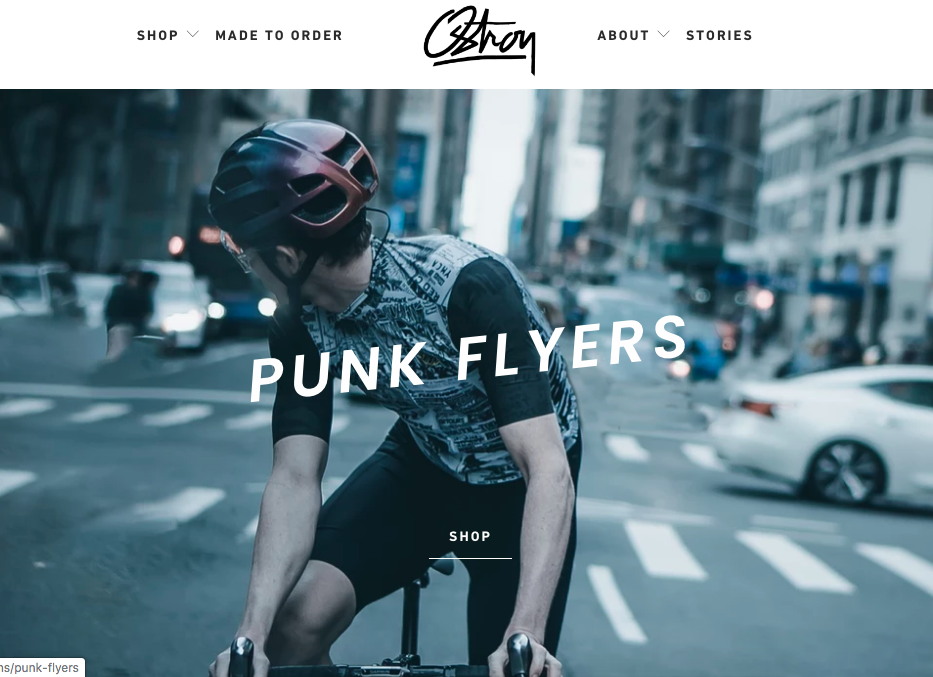
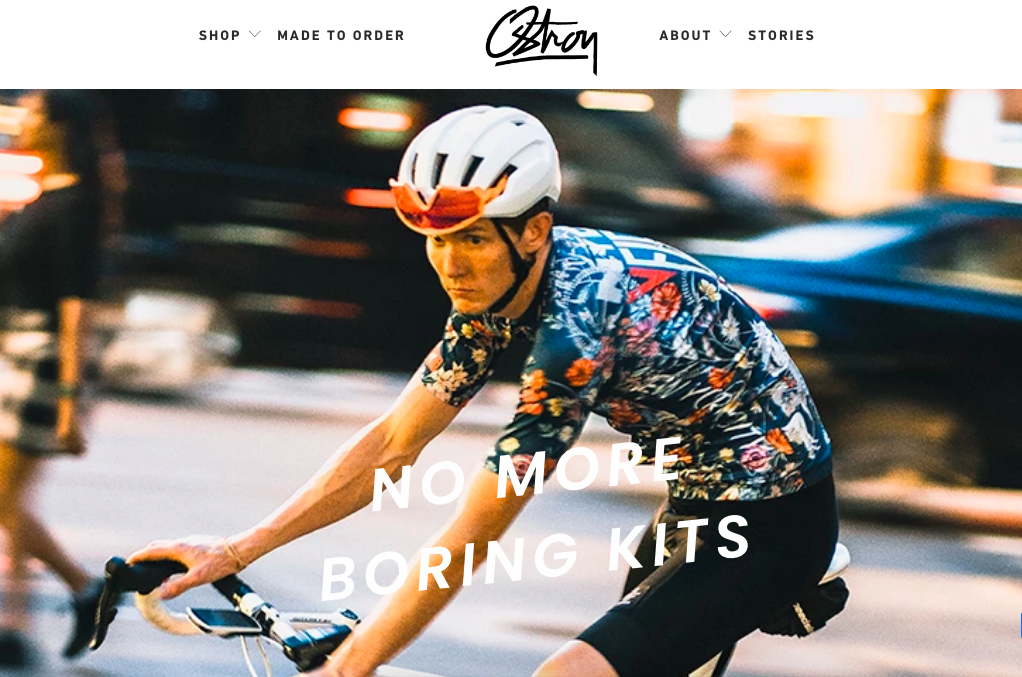
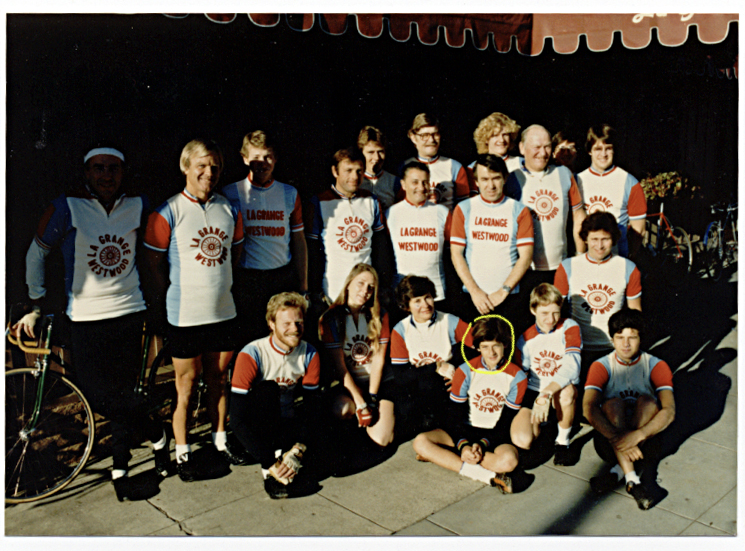
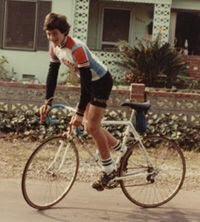
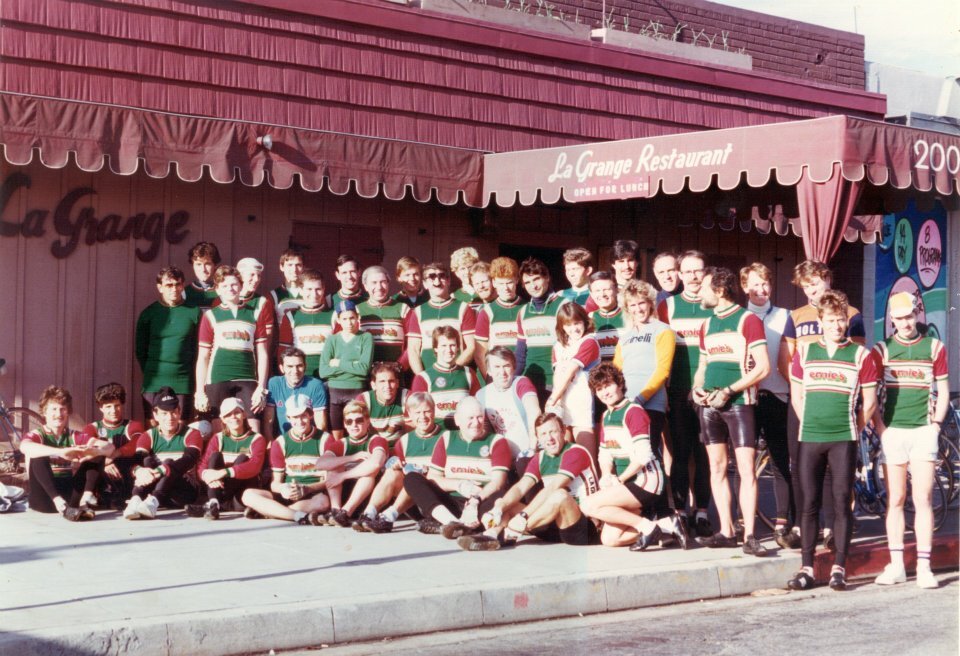


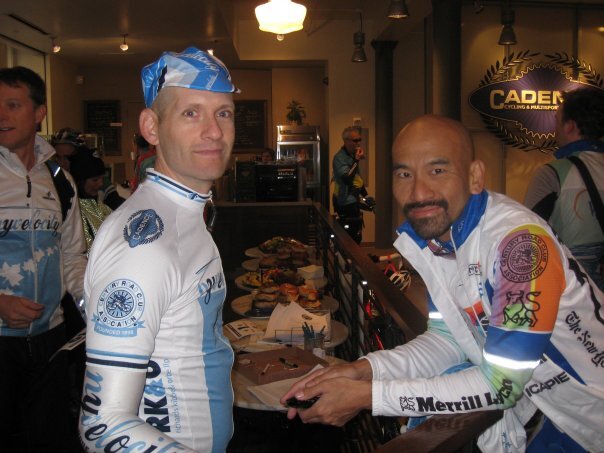


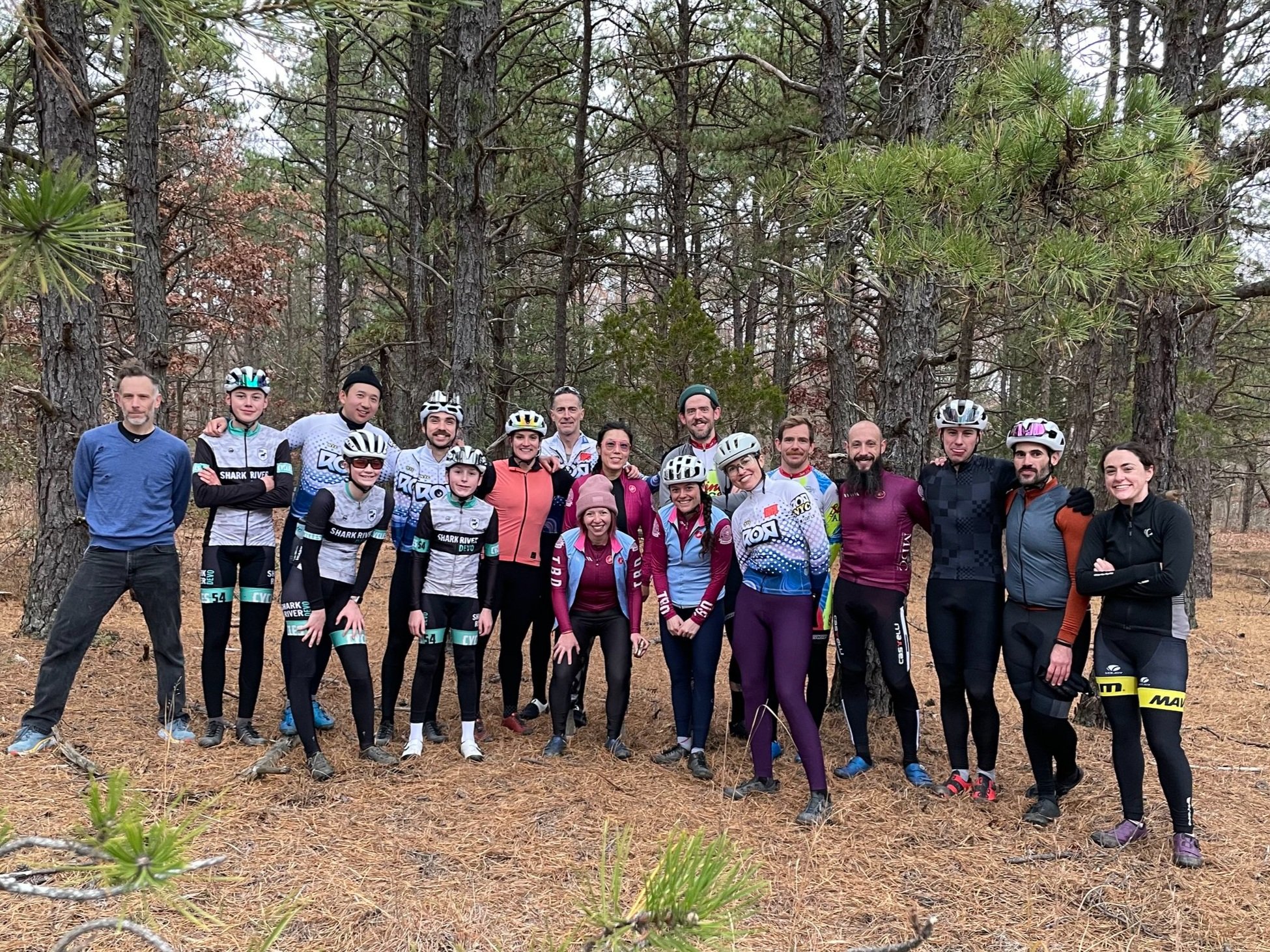
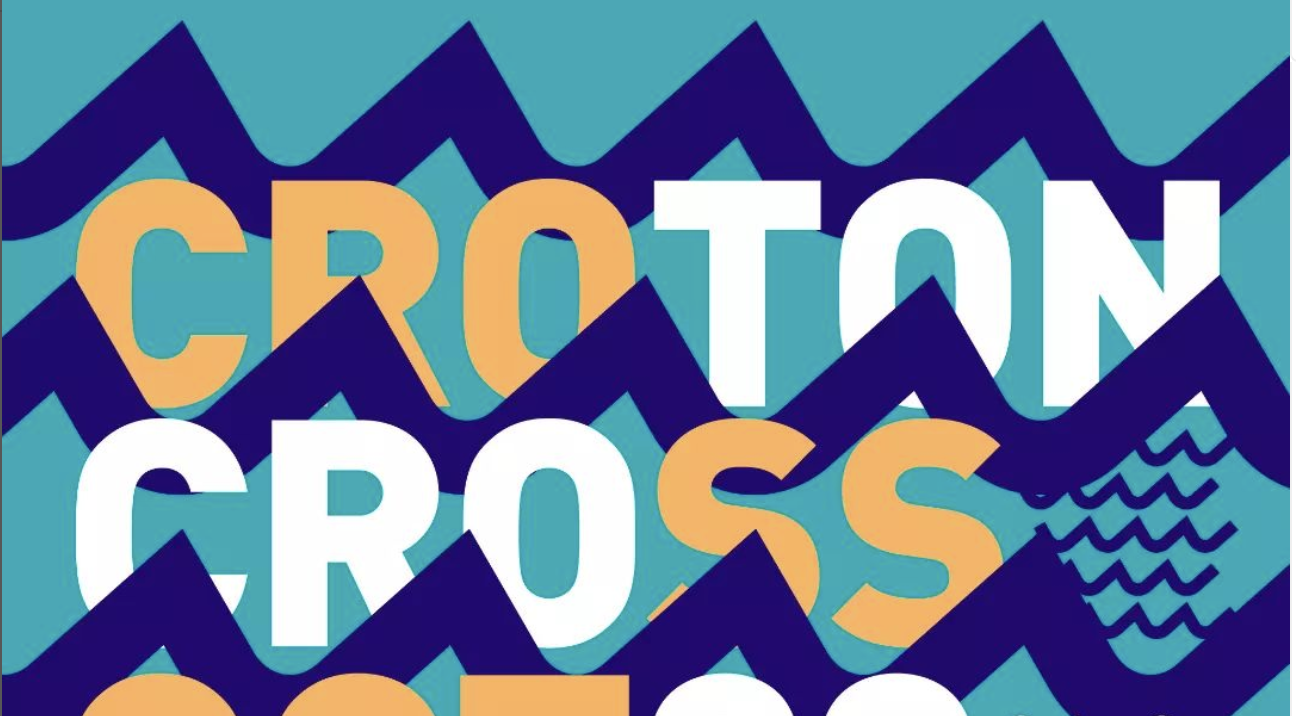
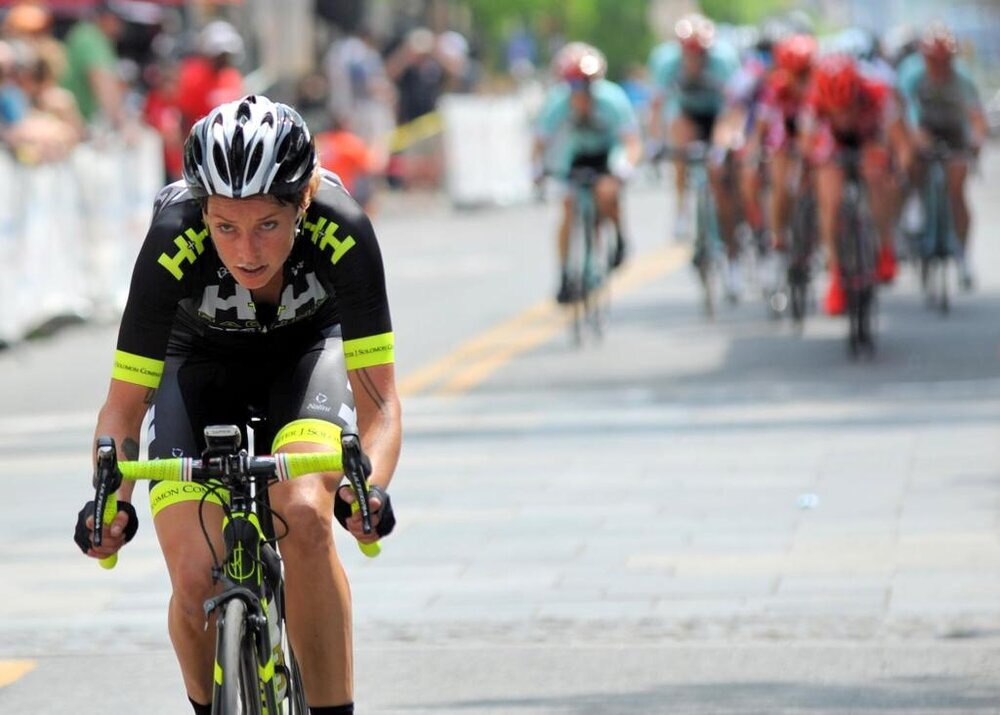
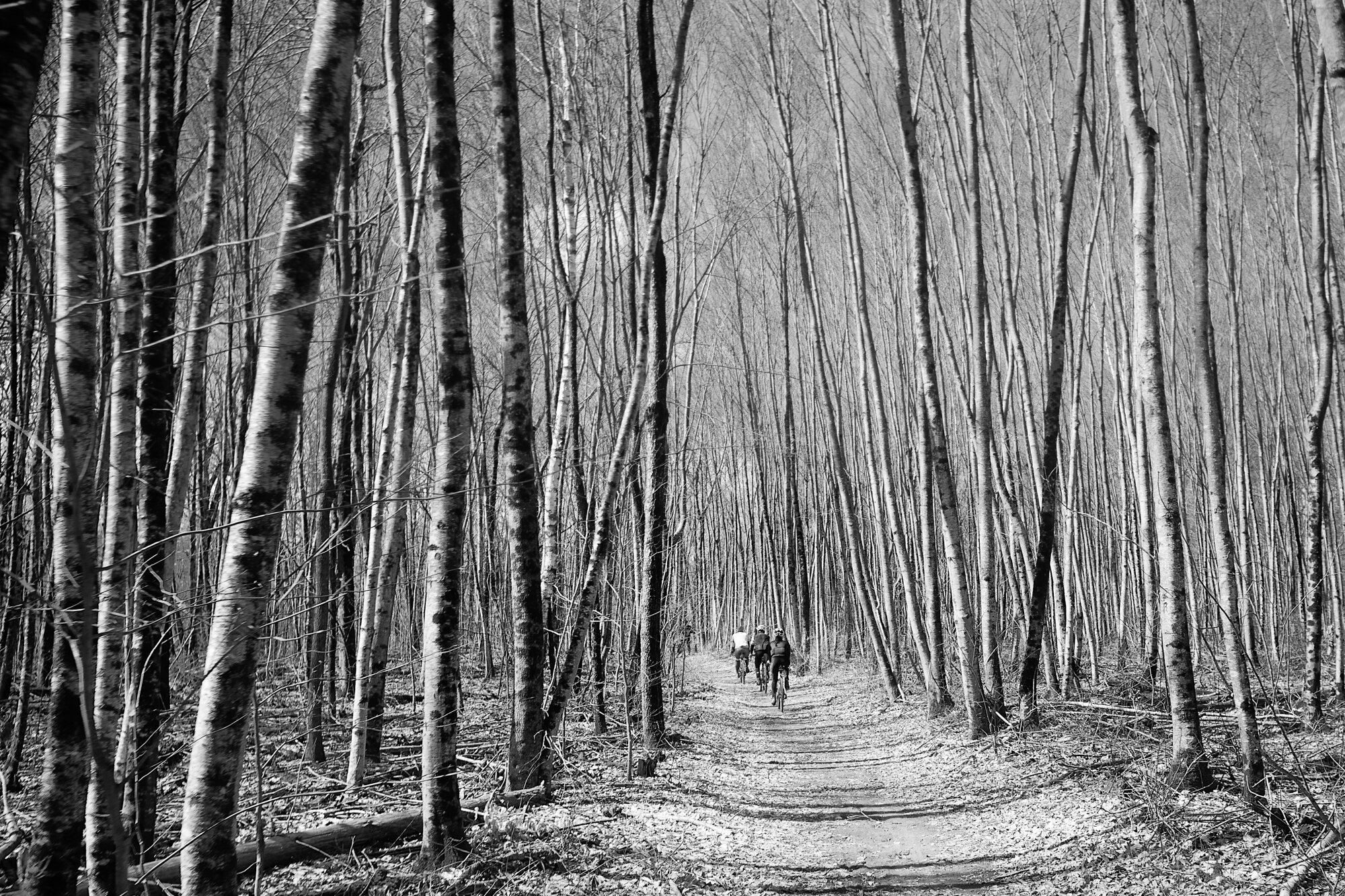
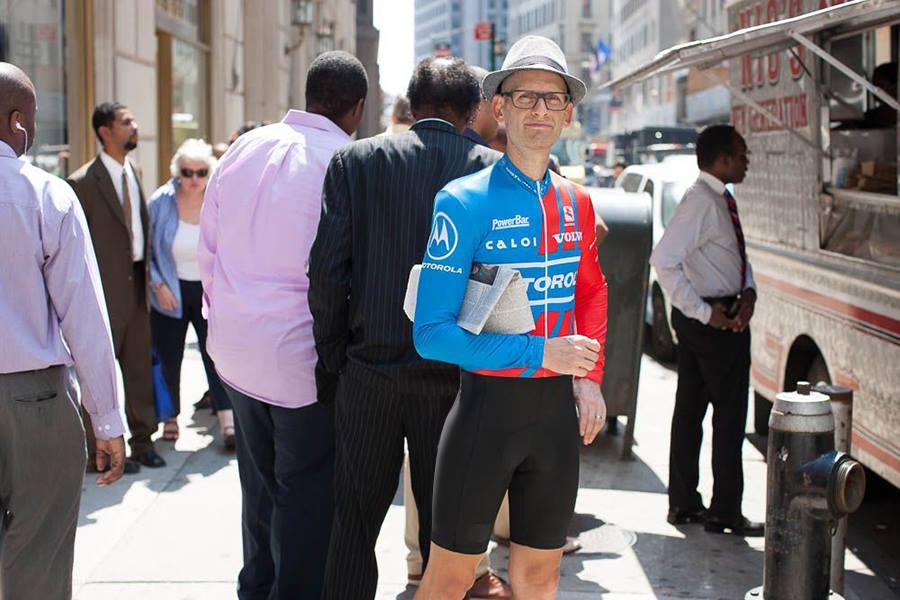

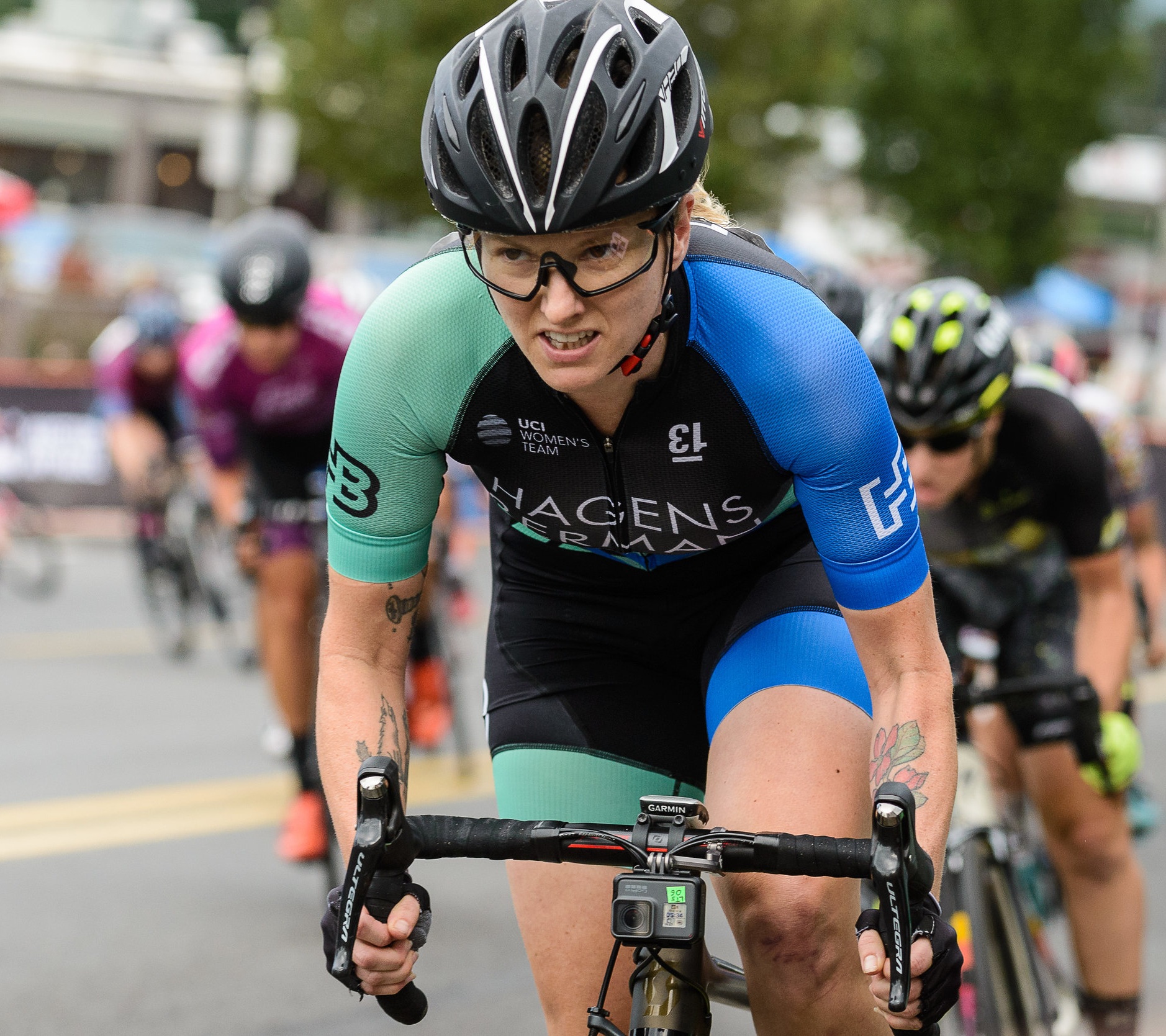
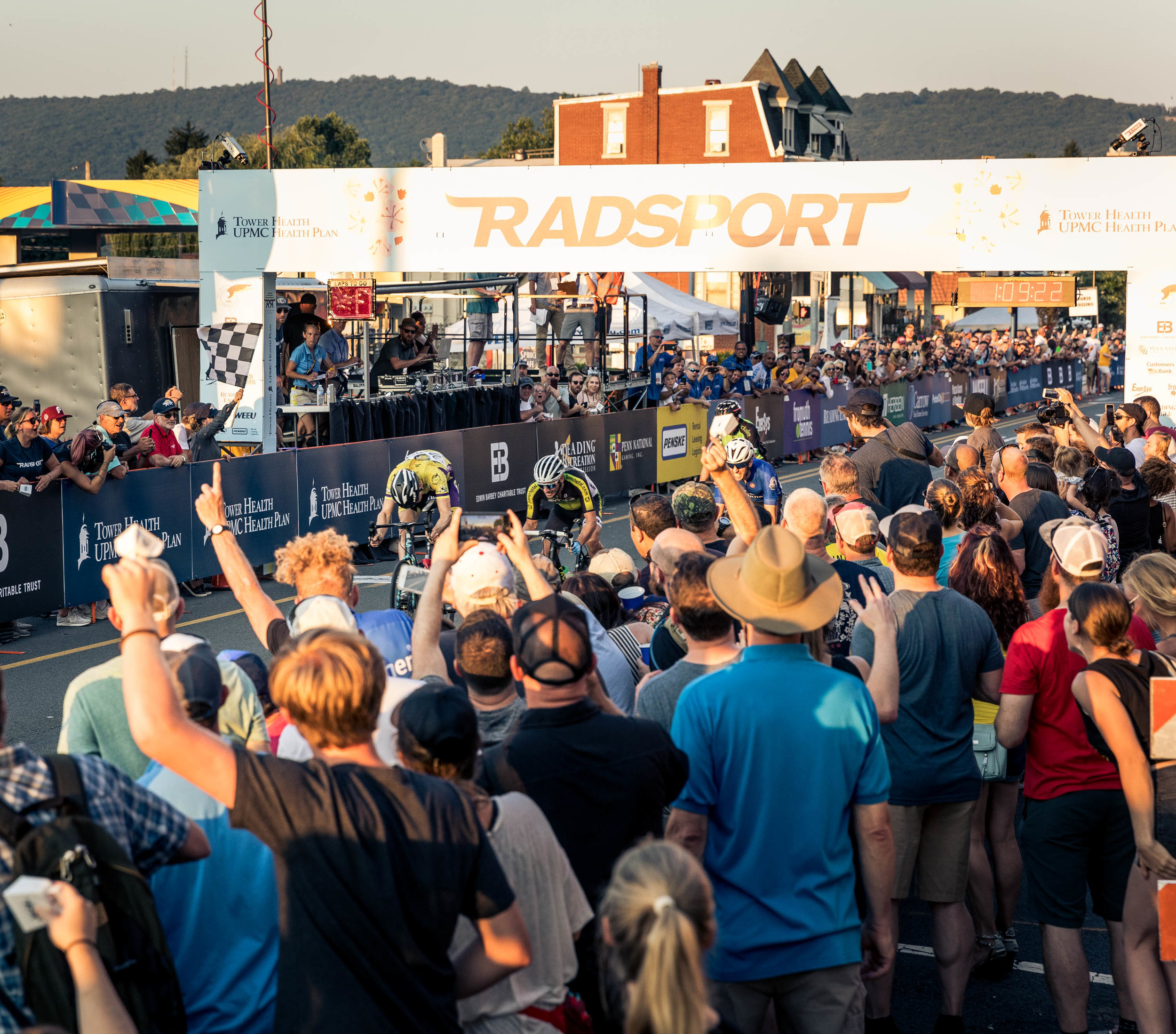
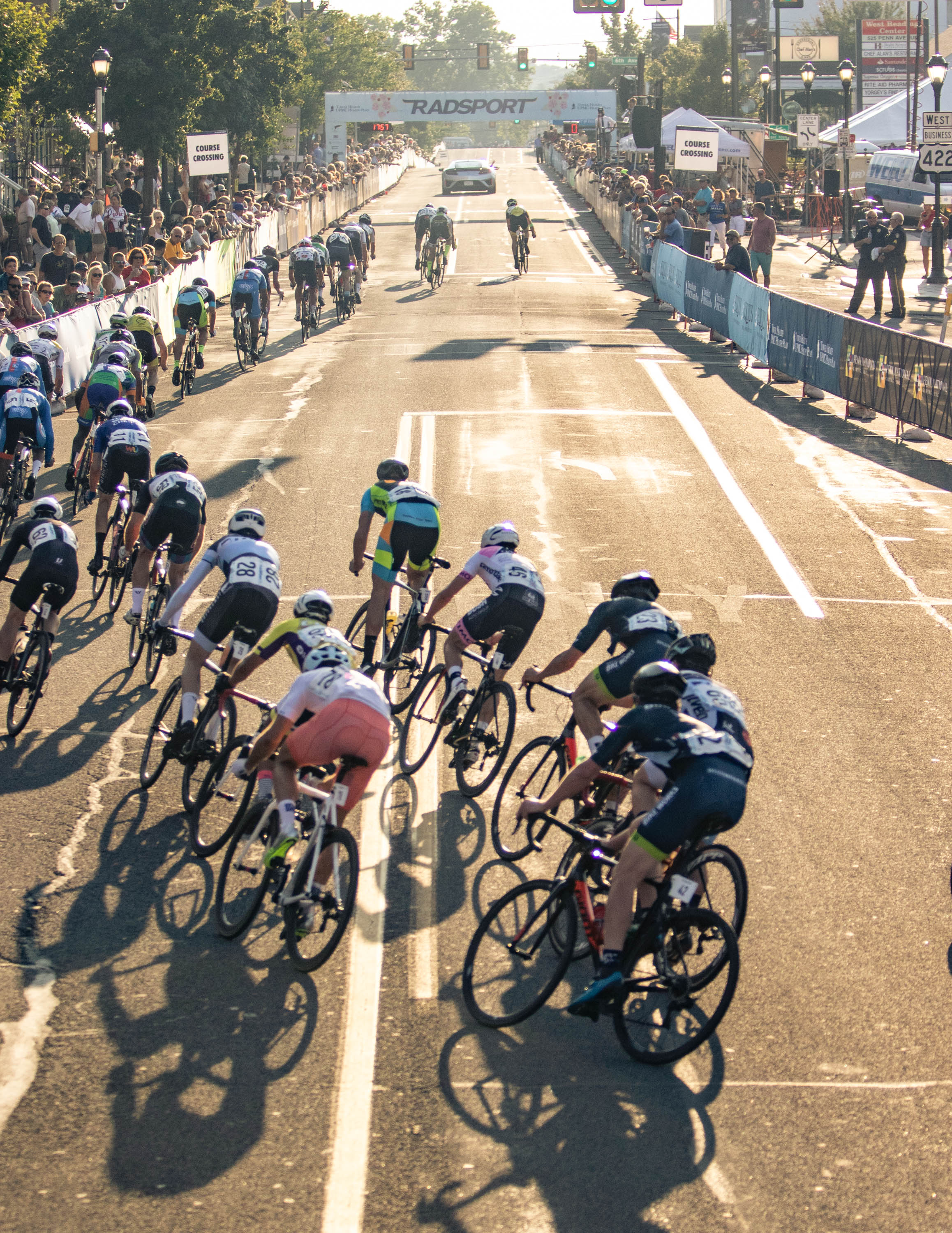
Cycling and watches have an obvious history and a newly-rejuvenated trend. We spoke to the founders of Bravur Watches, a brand that is setting the bar for cycling-inspired watches.